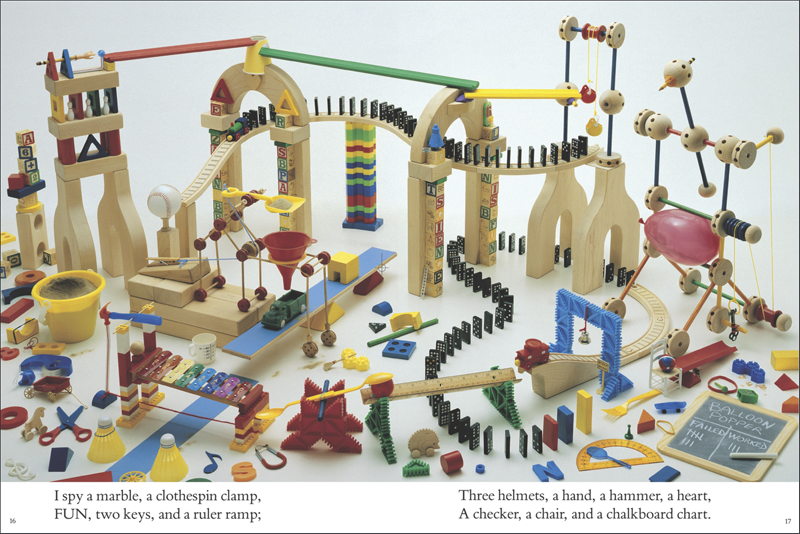We Often Do What is Most Easy
As a second language teacher, the most dominant modes of communication I tend to facilitate for my students in my classroom are the interpretive and interpersonal modes. This is perhaps because the activities that I deliver the most are those that nurture these particular communicative modes - and these are the activities that I find easiest to implement.
For example, I find it quite simple to build a lesson around a picture. All you have to do is find a compelling and busy picture that attracts the students attention - perhaps one that is colourful and filled with many different objects or characters doing many different things. These pictures are plentiful on Google Images. When I find such a picture, I do the following:
- Firstly, I ask my students what they see in the picture in order to review or introduce new vocabulary.
- Then I model the type of interpretive question that I hope that students focus on - usually done by modelling questions and answers and I scaffold for students by providing sentence frames.
- Lastly, I ask students to conduct similar conversational activities based on the picture. It could be a information gap, question and answer, find the differences, find the similarities, I-spy, etc. Generally speaking, these conversational activities are opportunities for student to practice and internalize the structures and vocabulary introduced earlier in the lesson.
Oh-No! Not Another Language Project!
This is not to say that I never have student experience the presentational mode of communication. However, aside from regular reading and writing tasks, it is significantly less in frequency because to me they usually involve projects that require much planning, time, and often collaboration. Examples of these types of tasks could be a role-play, cooking presentation, preparing an audio or video recording in which students describe their favourite toy or express why they like or dislike a certain food, generating a informational poster, or creating a panorama with an accompanying written caption and oral commentary. Due to the these requirements, I find myself limiting such activities to end of unit/topic assessments.
Can Technology Help Achieve Balance?
In order to increase the number of presentational communicative activities thereby achieving more balanced approach to facilitating the three communication modes, I could try to create mini-projects for students throughout the way that would be more formative in nature. Another alternative would be introducing a flipped classroom model, where time at home is spent mostly for interpretive communication activities and language reinforcement while face-to-face class time is dedicated to more interpersonal and presentational communication tasks - such as dialogs, conversations, and projects (i.e. pair work or group work).
In the purely distance learning environment, where the student is online 100% of the time, I believe will be more difficult for facilitate natural interpersonal communication between students due to the limitations of technology. Despite the availability of synchronous communicative tools like voice and video chat or asynchronous communicative tools like text messaging, email, and discussion forums, students never receive all the visual, facial, and interactive cues that indicate a breakdown in communication.
For example, when using asynchronous textual communicative tools, all forms of oral intonation and emotion are absent. When using voice chat, facial expressions (or non-verbal communicative cues), which often convey more than verbal speech, are hidden from students. Even when using a synchronous video conferencing tool such as Skype, clearing ambiguity and confusion is difficult. For example, there is no way for students to naturally or physically point to the picture that is presented digitally in case there is misunderstanding or confusion about what part of the picture a student is referring to. In this case, students will naturally revert back to their native language to bridge the gap in communication and mend any errors. In addition, technical difficulties are another very common re-occurring (more often than not!) phenomenon that can break down communication entirely.
All in all, blended learning model can help me achieve a balance in exposing students to various communicative modes. A purely online learning environment could potentially do the same thing, but one may increased communication breakdown and only facilitate very artificial modes of interpersonal communication. Teachers must be cautious when considering and using technology because it is never value-free and definitely transforms communication in very obvious ways - and sometimes it becomes more restrictive, robotic, obscure, and unnatural.

No comments:
Post a Comment